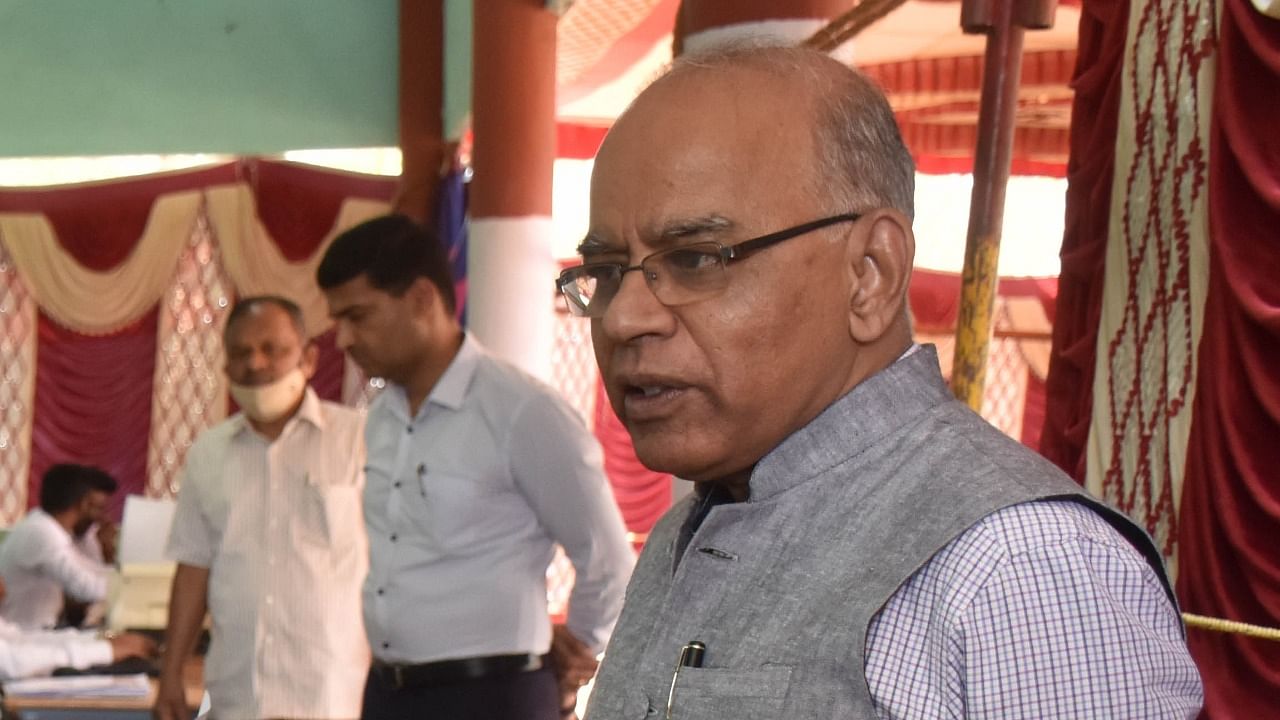
Dr Shivaram Karanth Layout, proposed in 2008, has turned out to be another mess in the chequered history of the Bangalore Development Authority (BDA).
On April 20, 2017, a division bench of the high court confirmed a single judge’s order to quash the land acquisition for the layout. The Supreme Court later set aside the high court order and permitted the BDA to go ahead with land acquisition. The BDA informed the court that many buildings have come up on the notified land and that they need to be demolished.
On December 3, 2020, the Supreme Court ruled that buildings constructed legally would be saved from demolition, and appointed a three-member committee under Justice A V Chandrashekar, a former judge of the high court, to identify them.
The committee has begun looking into landowners’ claims. Justice Chandrashekar speaks to DH about the challenges lying ahead:
The committee has the big task of checking thousands of claims. What are
its priorities?
As per the Supreme Court judgment, the committee has to look into each request for regularisation of buildings. We are also expected to find out whether the structures have been constructed in accordance with the sanction/permission of the competent authorities. The court has let us decide on the process to be followed. We are adopting technology to speed up the work. One of the main challenges is to verify every minute detail of all the properties. We may have to design new strategies.
How will the tech-enabled validation work?
Our technology partners will give us sorted data, which will be then categorised into buckets based on set criteria. The main criterion will be the date when the building construction started. We are also using other filters to sort the data based on the permissions taken by the owners. Technology will not only reduce the committee’s burden but also enable the applicants to upload documents from anywhere.
Will the committee physically verify every document or will it assign the task to revenue authorities?
We will use technology to sort out a few applications. Some documents have to be verified physically. The Supreme Court has given a free hand to take assistance from any agency. Be it the BBMP, the gram panchayat or the electricity and water supply boards, we will ask them to cross-verify our records. We may also conduct public hearings in some cases.
Are people familiar with technology?
Seeing the responses so far, I feel technology will streamline the process. Since all these villages are near Bengaluru, I feel there are many tech-savvy people. We have received more online applications than offline ones. Even if senior citizens face problems, the younger generation will help them.
How are you reaching out to people to get them to upload the documents?
We have issued notifications in newspapers and are making public announcements in the affected areas. The word of mouth will bring in more people.
Only 600 people have submitted the documents as of Saturday. Have you considered a deadline for receiving the claims?
As of now, no. But we expect the data collection to take two more months. We want to give everyone a fair opportunity. We need people’s cooperation.
Are all the documents mandatory? Not everyone will have all.
No, we want people to submit whatever documents they have. We will check them to see if they are enough.
What is your action plan?
We have set up a help centre and will open more. We will wait for people to upload the documents. Once the data is collected, we will scrutinise the documents. We may need to cross-check some of these documents with other government departments. Some applications may need public hearings. We’ll prepare a report only after a thorough understanding.